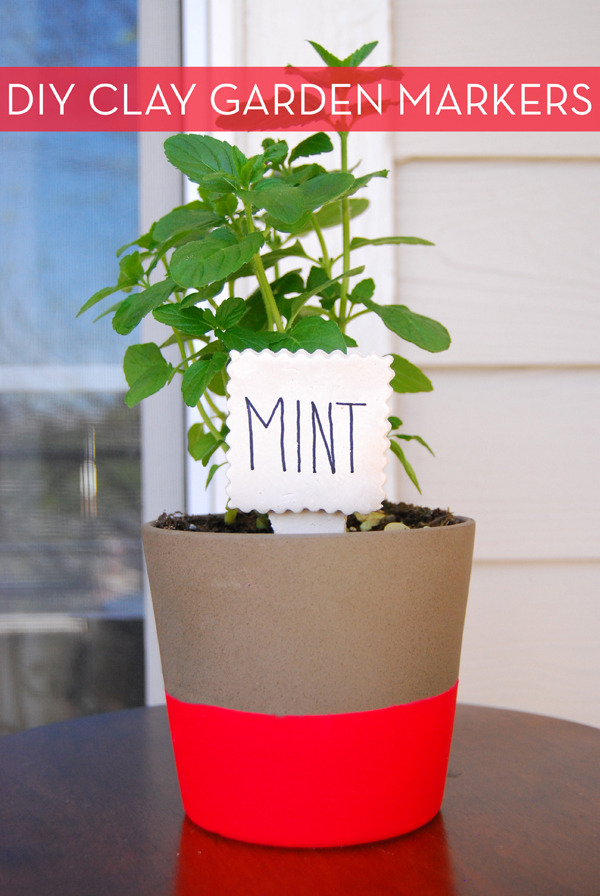Are you a big gardener? It’s fun to plant, but it can be even more fun to customize your garden! Create simple and clean garden markers using a few simple items!
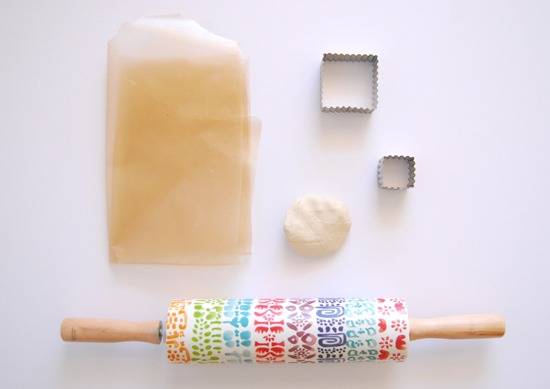 Lexy Ward
Lexy Ward
To make your own garden markers you’ll need:
- air dry clay (found at any craft store)
- rolling pin
- wax paper
- assorted cookie cutters
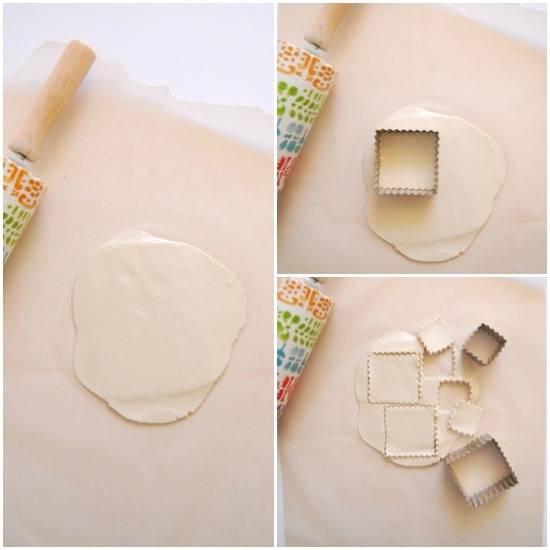 Lexy Ward
Lexy Ward
Working with a large slab of clay, roll it out with the rolling pin. Roll clay to 1/4″ thick. Cut out different shapes and sizes and lay flat on sheet of wax paper.
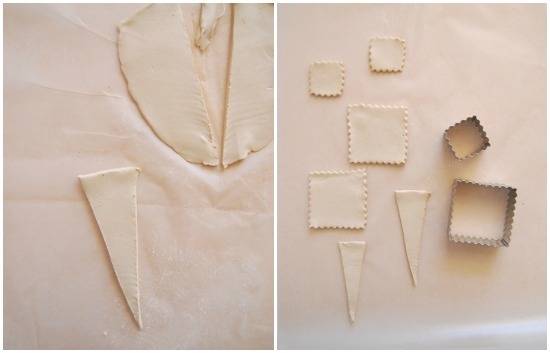 Lexy Ward
Lexy Ward
Cut out small triangles with a knife. A butter knife will work just fine. Cut one triangle for each cookie shape.
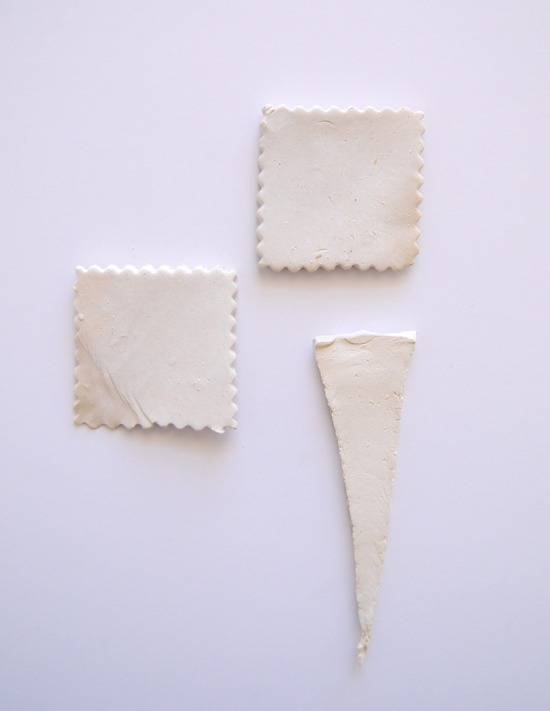 Lexy Ward
Lexy Ward
The clay needs about 48 hours to dry. Lay flat in a sunny and dry place where it can set safely.
 Lexy Ward
Lexy Ward
Once the clay is dry, write the names of your herbs and other plants in tall skinny letters with a sharpie or other permanent marker.
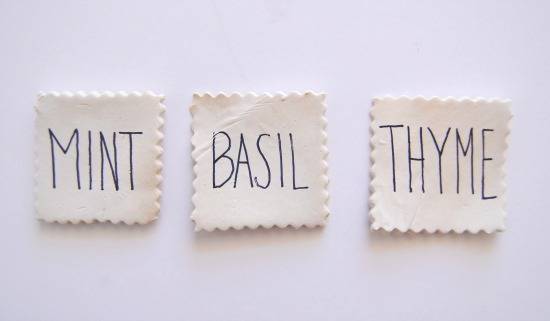 Lexy Ward
Lexy Ward
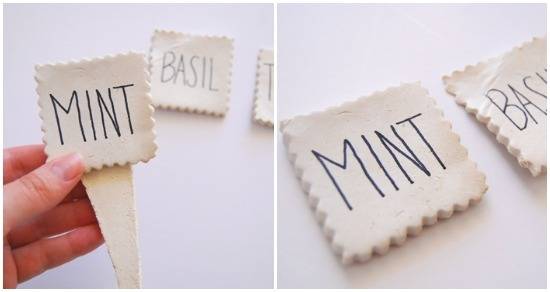 Lexy Ward
Lexy Ward
Place a small dab of hot glue to the back of each marker and attach the triangle. The triangle will act as a stake allowing you to place the marker securely in the soil around each plant.
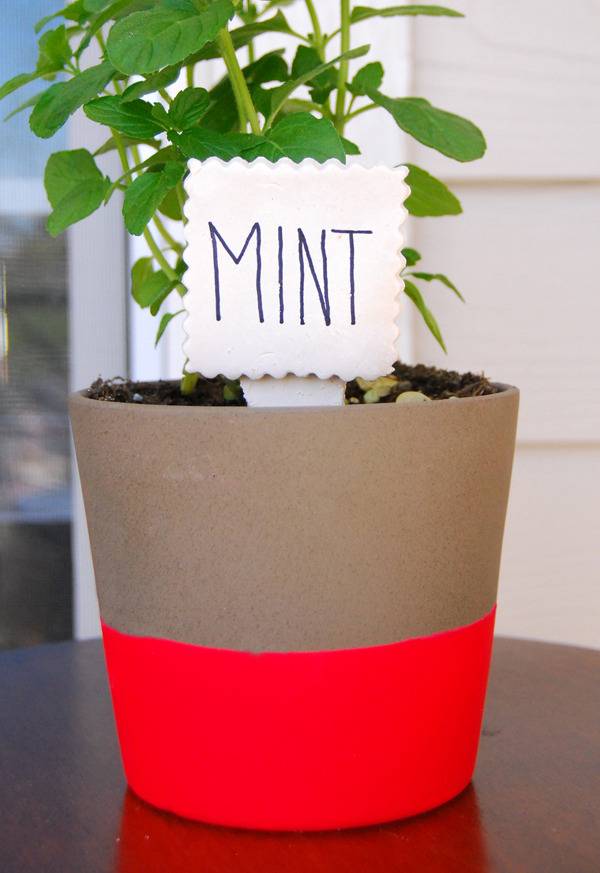
Place each marker next to their coordinating plant and admire your beautiful and easy to navigate garden!
